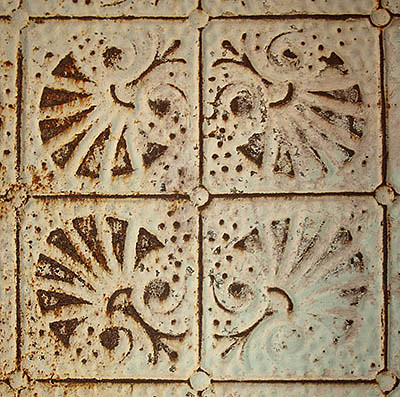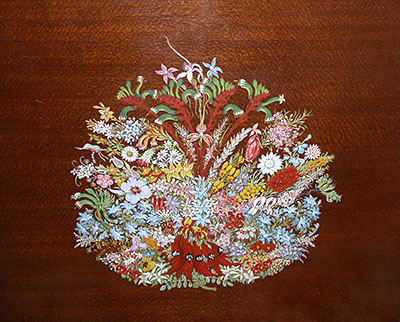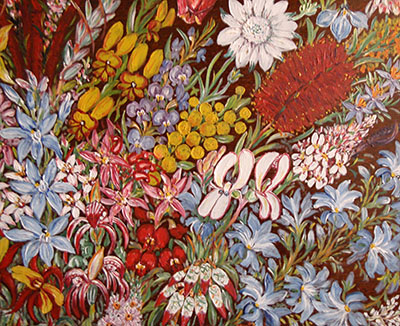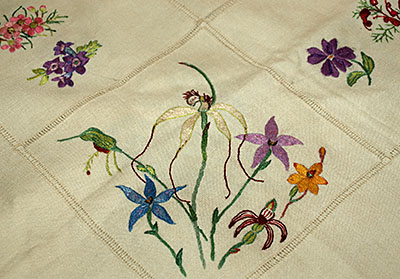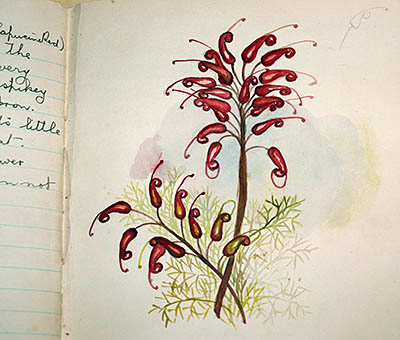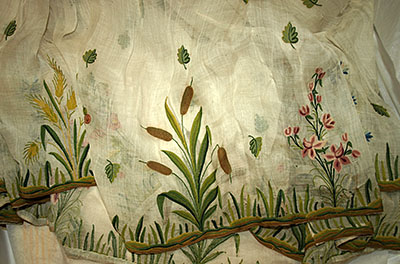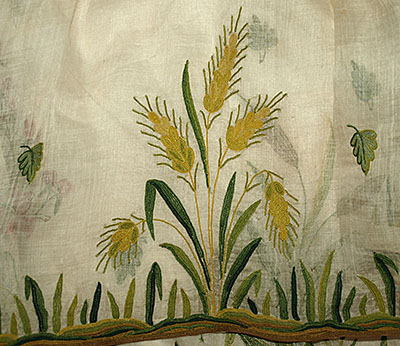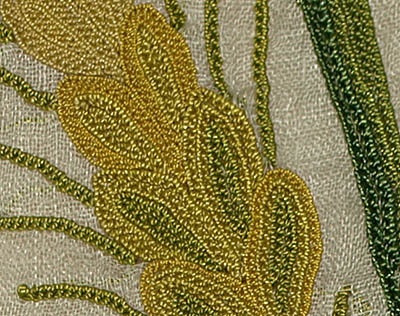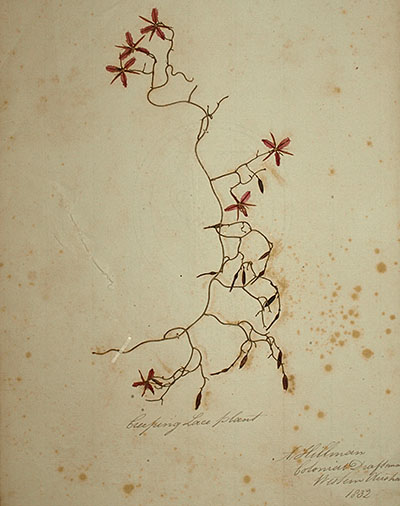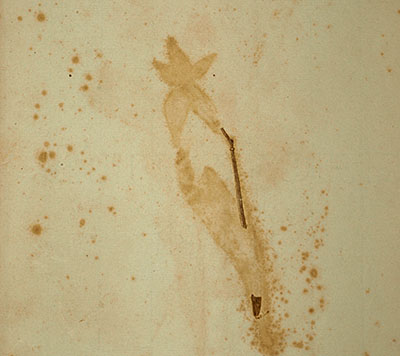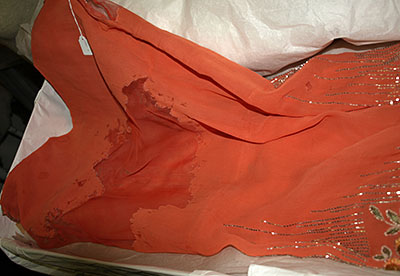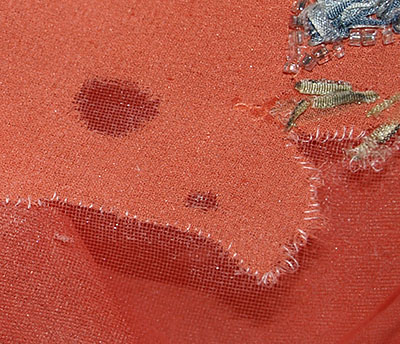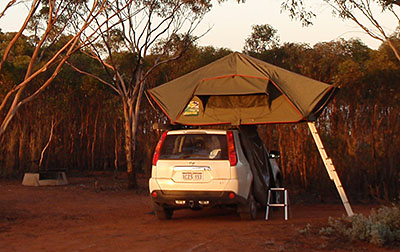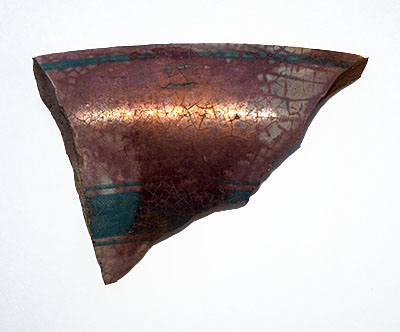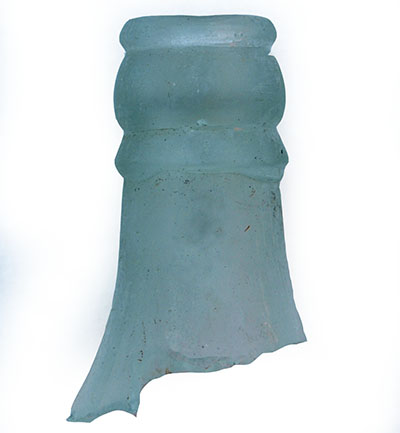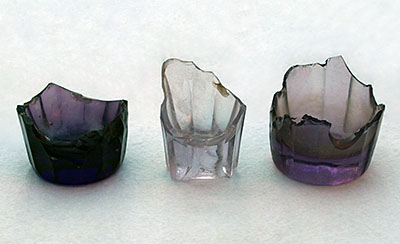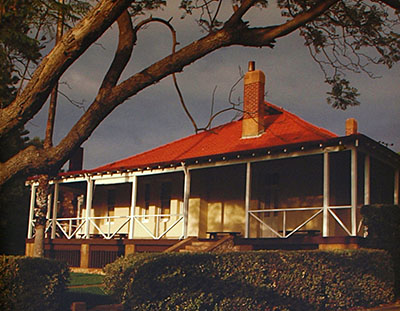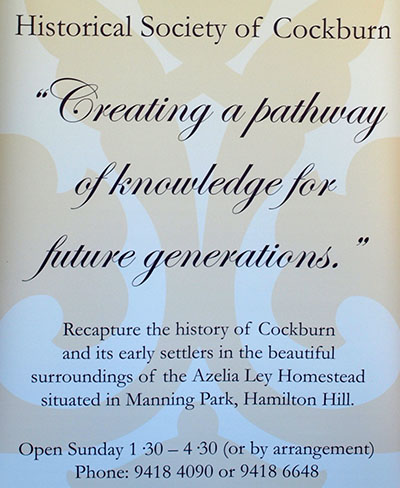My father was born in Western Australia's Eastern Goldfields in 1915, in the town of of Ora Banda where his father was postmaster.
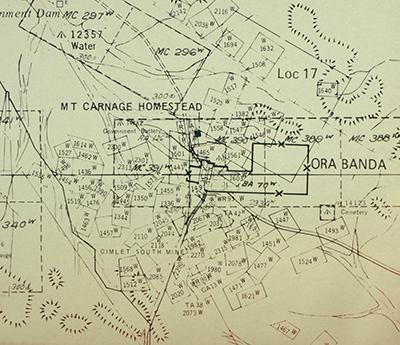
I didn't get back to Ora Banda on my most recent trip to Kalgoorlie, but the town DID play a part in my visit nonetheless. Eileen Moroney, a member of the Eastern Goldfields Historical Society which hosted my visit, grew up in Ora Banda. Eileen kindly shared with me information she has gathered about Ora Banda's history. Her own story actually links to my father's.
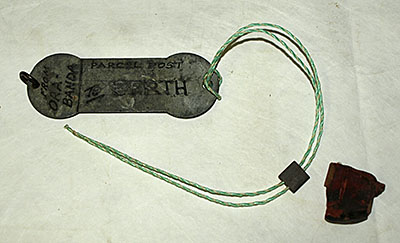
With the town's population diminished and most of its buildings gone, the local post office and telephone exchange was run by her family from their home. Eileen still has the tags, twine and sealing wax used to seal the post bags sent between Perth and Ora Banda.
Eileen also gave me tangible memories to bring home in the form of precious gifts.
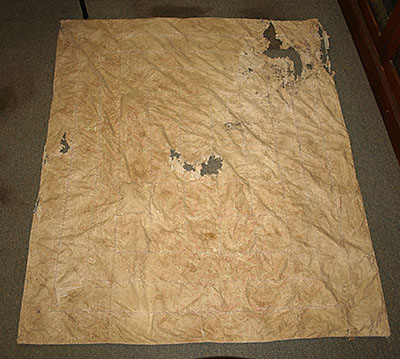
She grew up with this old eiderdown, which had worn out and was put in the shed to await recovering. However, the moths found it and when she went to retrieve it a month ago, only two squares retained their feathers, as the moths had eaten all the others away. Hearing that I collect and treasure old damaged fabric, Eileen valiantly cleaned it and presented it to me, and I suspect her washing machine will never be the same again.
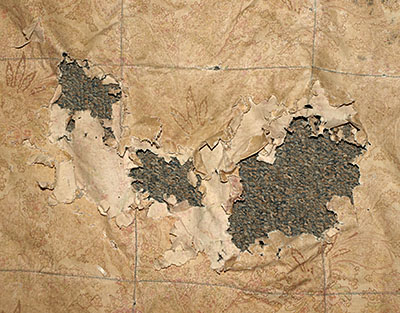
There were some great holes with wonderful edges. Eileen was somewhat flabergasted when I declared my intention to use a some cloth from her eiderdown in the artwork I'm making for an upcoming Kalgoorlie Museum exhibition.
She was even more flabergasted when I declared my desire to take home her other gift, which I think she had brought along only to tease me.
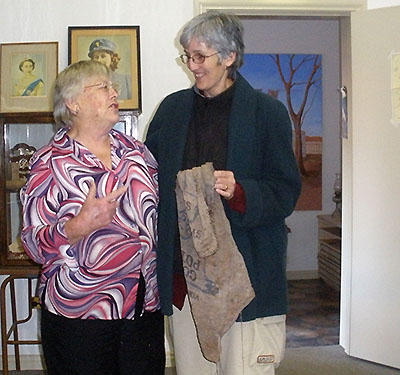
This old potato sack had been hanging on a hook in the chook yard for a year or so. The combination of goldfields dust and rain had stiffened it like a board.

I had to repack my bags to fit it in, but now it lives in my courtyard, along with other goldfields memorabilia.



